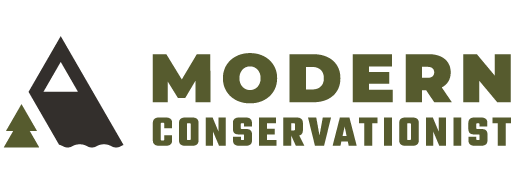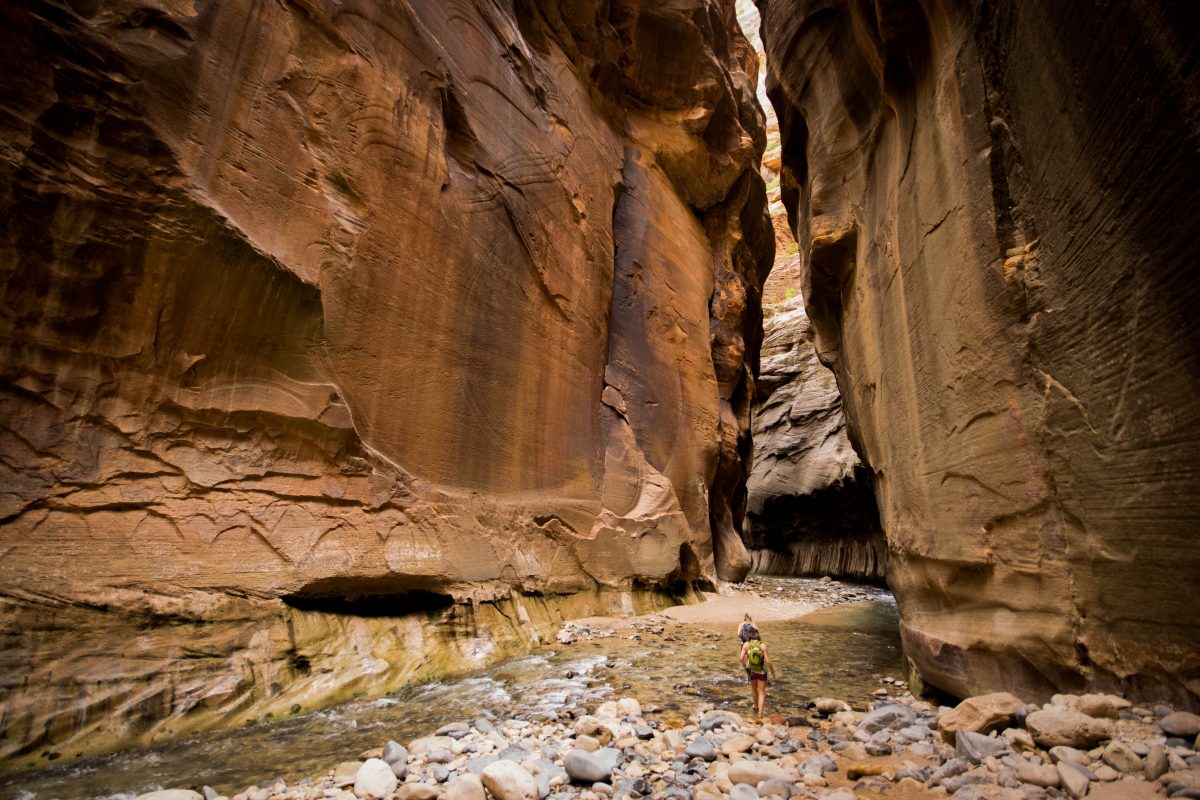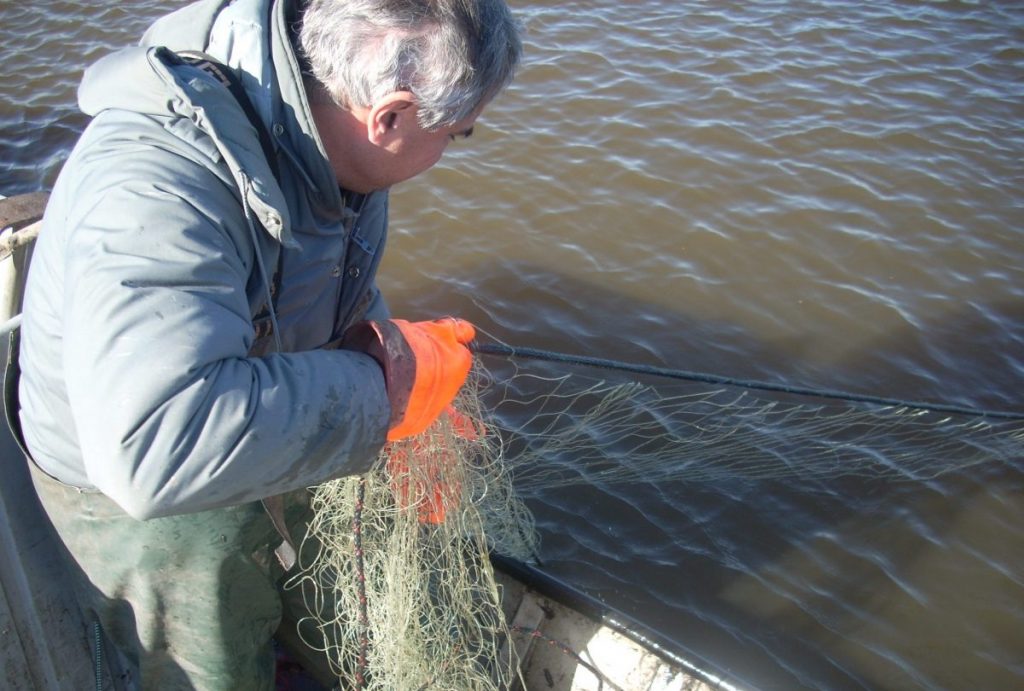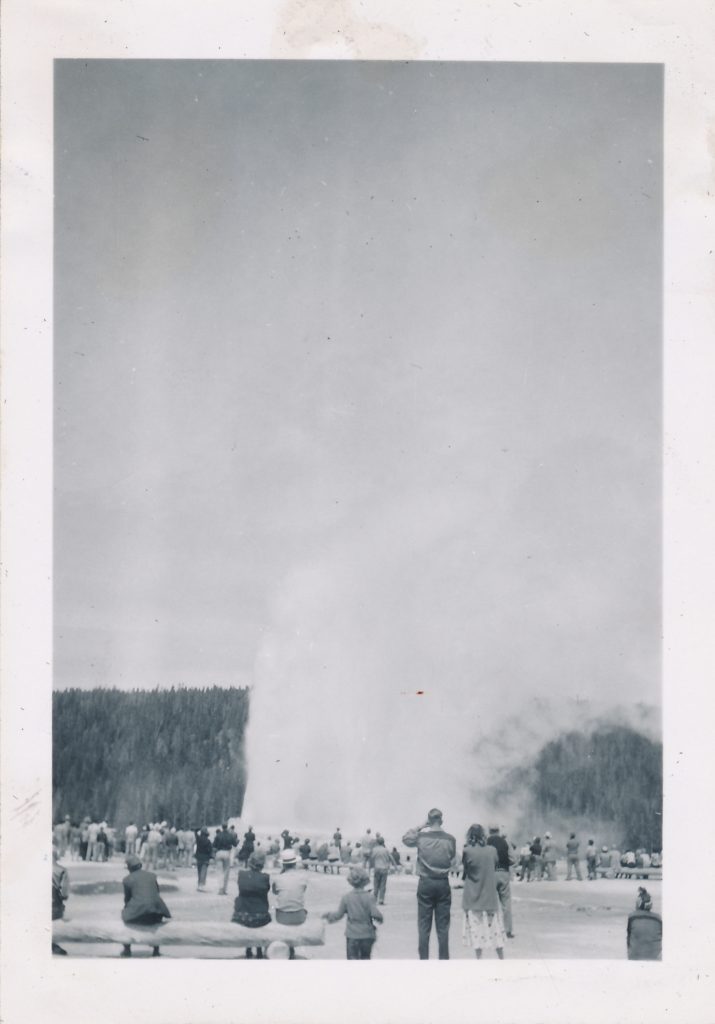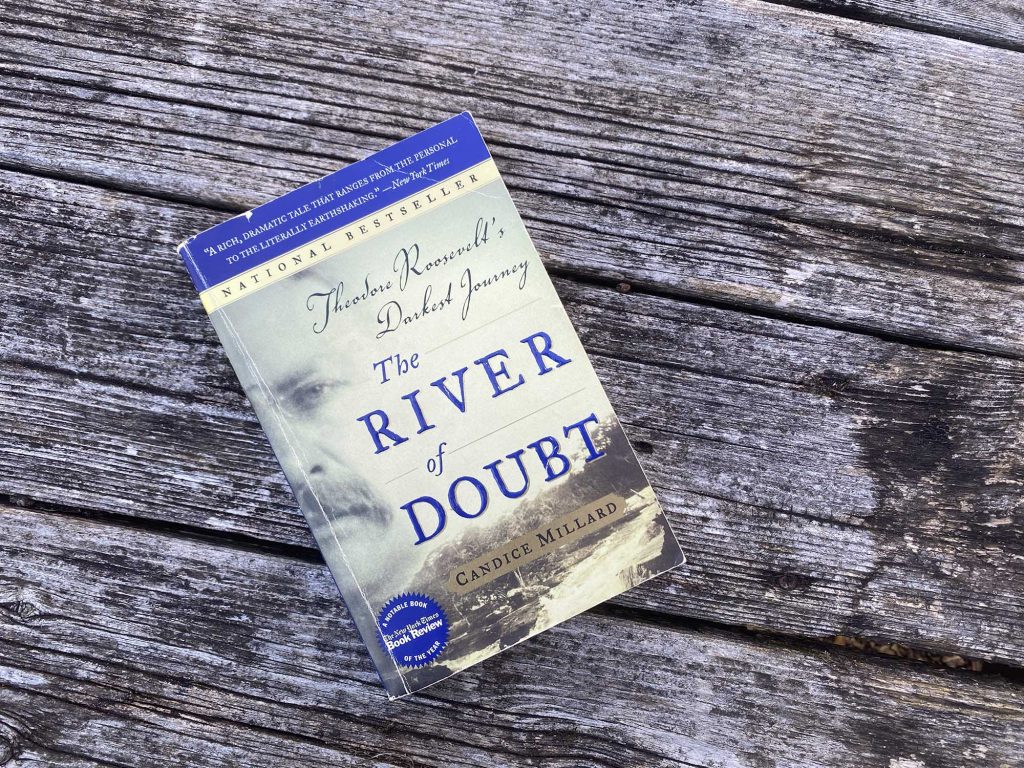This story was updated on Dec. 5, 2019.
Continuing the trend kicked off by Utah in 2013, New Hampshire announced the creation of an office of outdoor recreation on Oct. 10, 2019, making it the 16th state to do so. While the structure and placement of these offices within their respective state governments vary, collectively, they point to the outdoor recreation economy’s increasing significance.
In 2017, 146.1 million Americans, ages 6 and over, participated in outdoor recreation for a total of 10.9 billion outdoor outings, according to the Outdoor Industry Association’s (OIA) 2018 Outdoor Recreation Participation Report. Based on these data, nearly half of the population of the United States — specifically, 49 percent — participated in outdoor recreation that year. OIA also estimates that the industry employs 7.6 million people in a variety of jobs.
Furthermore, a first-of-its-kind analysis conducted by the Bureau of Economic Analysis (BEA) showed that the outdoor recreation economy accounted for 2.2 percent, or $412 billion, of the country’s GDP in 2016. This sector expanded by 1.7 percent in 2016 — faster than the U.S. economy’s 1.6 percent — and saw more rapid growth with regard to real gross output, employment and compensation than the overall economy.
Jenny Rowland-Shea, a senior policy analyst for public lands at the Center for American Progress (CAP), notes that this burgeoning industry is causing states to take notice.
“I think there’s been an acknowledgement lately that this is a legitimate sector in terms of jobs and economic growth.”
“I think there’s been an acknowledgement lately that this is a legitimate sector in terms of jobs and economic growth,” she says. “I think the BEA study that was published late last year, that for the first time counted outdoor recreation as a sector of the economy, was really important in [demonstrating] that to states.”
The increasing number of outdoor recreation offices represents states’ realization of the need to protect outdoor recreation assets by giving the industry a platform. Since 2013, when Utah created the first office of outdoor recreation, 15 states have followed suit, and many more are considering doing so. The majority of these offices are concentrated in the West; however, more eastern states are also seeing the value in having an area of government dedicated to this important niche, with offices now in Maine, North Carolina, Virginia and New Hampshire. Additionally, two midwestern states also have such offices: Wisconsin and Michigan.
In a report released by CAP in June, titled Policies to Boost State Outdoor Recreation Economies, Rowland-Shea explores this trend, noting that these offices provide a much needed voice to an area that traditionally hasn’t had one in government.
“I think these offices provide a really good opportunity for that, and they can really work across some of the siloed areas of government that exist, because even a state department of parks or forestry is not necessarily thinking of recreation,” says Rowland-Shea. “The office of tourism is thinking about getting people to the state but not necessarily about how to actually get people on the lands and how to encourage them to do it sustainably.”
Conservation, she argues in the report, along with equitable access to the outdoors, is critical to ensuring a thriving outdoor recreation economy for years to come.
“We would like to see [offices of outdoor recreation] acknowledge that the basis of the outdoor recreation economy is healthy lands and waters and have a focus on protecting and conserving those lands and waters as well as providing access to all people,” says Rowland-Shea.
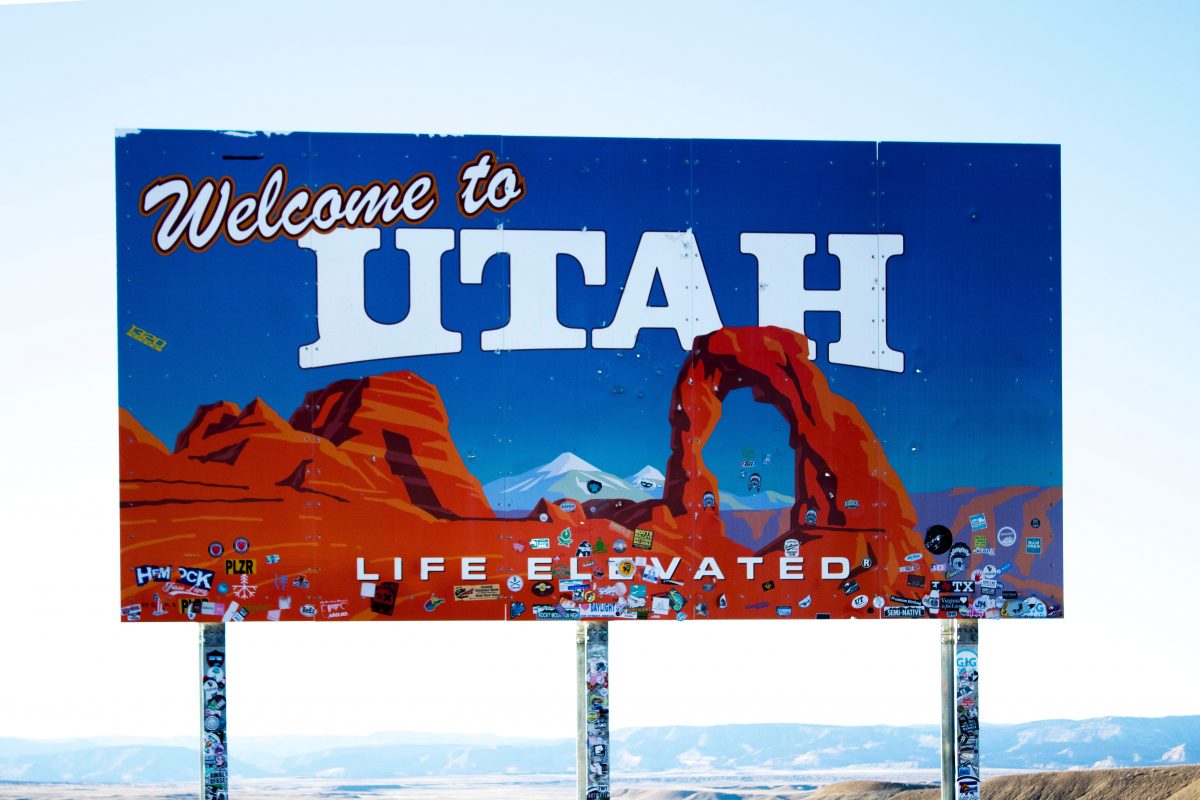
No matter their focus — industry or recreation itself — these offices have everything to gain from protected and accessible lands and waters.
“We don’t have an industry without conserving the places that we play,” says Nathan Fey, director of the Colorado Outdoor Recreation Industry Office, established in 2015.
Housed within the Office of Economic Development and International Trade, Fey’s office — which consists of him and one other person — is charged with growing the state’s already thriving outdoor recreation economy. In 2017, the industry contributed $62.5 billion to Colorado’s overall economy — representing 10 percent of the state’s GDP — and employed more than 510,000 people, according to a study conducted by Southwick Associates for Colorado Parks and Wildlife.
Utah’s outdoor recreation industry, although smaller than Colorado’s, contributes more than $12.3 billion to the economy and employs more than 110,000 people, according to Utah’s Office of Outdoor Recreation.
With this economic power behind them, these offices have the ability — and responsibility, Rowland-Shea argues — to have a significant impact on conservation. In recognition of this, Colorado and Utah, along with 11 other states, have signed onto what’s known as the Confluence Accords. This convergence of states is focused on protecting and sustaining “our water, air, land and wildlife for current and future generations for the betterment of the economy,” according to its website.
The Confluence Accords is driven by four common principles — which all signatories agree to uphold — the first of which is Conservation and Stewardship. To achieve this principle, it encourages states to do the following:
- Work with the public, private, and nonprofit sectors to advocate for conservation and stewardship of land, air, water, and wildlife, and for public access to them.
- Facilitate public-private partnerships to enhance public outdoor recreational access, infrastructure improvements and conservation efforts.
- Educate and empower the public on the importance and interrelatedness of a healthy environment, outdoor recreation and a vibrant economy.
“A lot of times, state lands are connected at a corner, making it hard to access other lands without going through private lands, so states have come up with some interesting ways to do that.”
The other principles include Education and Workforce Training, Economic Development and Public Health and Wellness. According to Rowland-Shea, many states have demonstrated a commitment to these efforts by working to improve access to public lands and waters.
“Stream access is a really important [issue] because it’s kind of unclear in a lot of state constitutions where people can access the water point for recreation and where they can’t access across private lands,” she says. “A lot of times, state lands are connected at a corner, making it hard to access other lands without going through private lands, so states have come up with some interesting ways to do that. Same thing with access to coastal areas.”
Rowland-Shea recommends that states conduct an assessment of their outdoor assets, including trails, recreation areas, city parks and other resources, to determine opportunities for improving infrastructure, increasing access and creating new opportunities for recreation.
In Utah, a grant available through the Office of Outdoor Recreation provides nearly $5 million in funding every year for recreation infrastructure projects, notes Tom Adams, director of the office.
“We’ve done three projects to help restore riverways,” he says. “We do boat ramps, we do campgrounds, we do bike trails, hiking trails, multi-use paved paths — you name it. There are about 19 activity types that we’ve funded; those do everything from helping boost the tourism [industry] to helping create healthy, active communities.” According to Adams, over the last five years, his office has invested in approximately 155 projects, including 250 miles of trails.
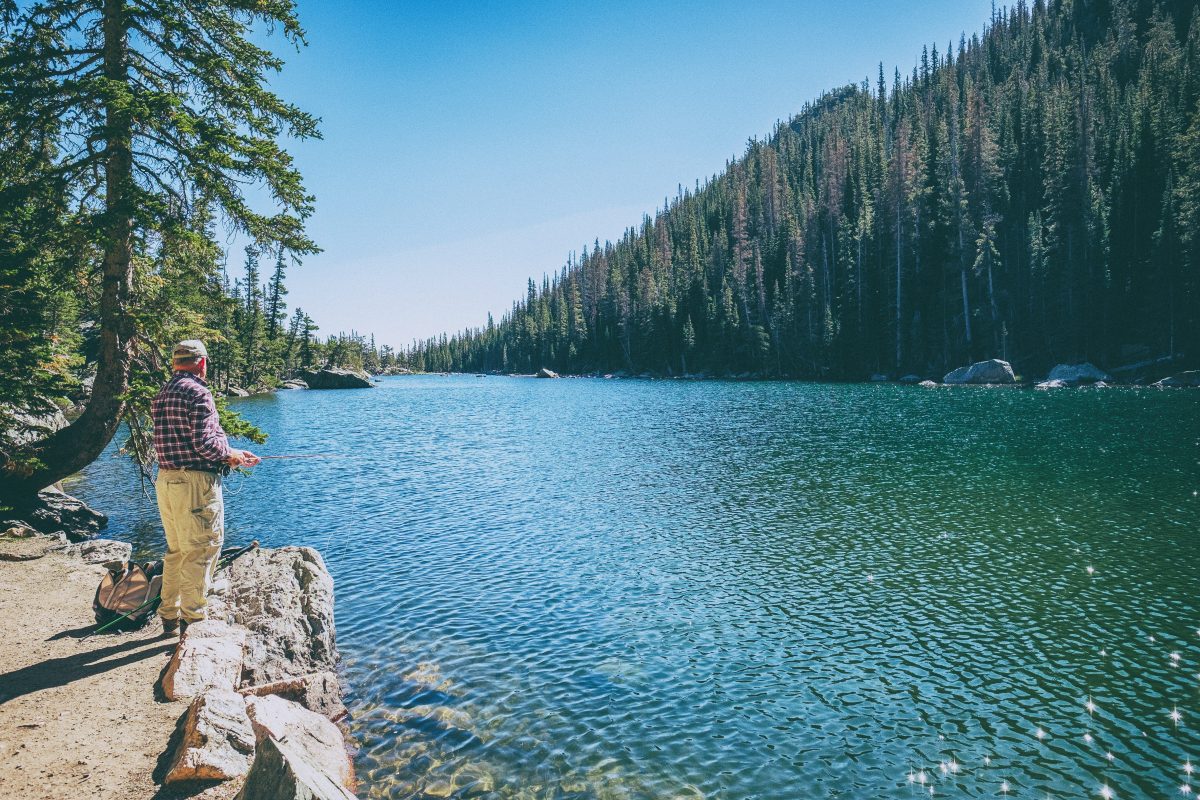
To improve access to the outdoors, Adams and his three-person staff are working to create more opportunities for children in particular. Through Utah’s Every Kid Outdoors initiative, they hope to inspire the next generation of conservation stewards. Additionally, a grant distributed by the office helps fund institutions and programs working to get more young people outdoors. “We want our kids to get out and recreate, but we also want them to appreciate and learn how to [take care of nature],” says Adams, adding that this effort also helps achieve the Confluence Accords’ fourth principle: Public Health and Wellness.
With a vision to inspire industries, communities and individuals to thrive in Colorado’s great outdoors, Colorado’s Outdoor Recreation Industry Office partners with companies to promote conservation. Specifically, Fey says he works with industry partners to protect and improve the state’s public lands and waters through volunteerism and stewardship programs.
“We’re convening the industry and some of our other state agencies, like Parks and Wildlife, to tackle these issues together,” he says. “We also partner with the industry as a whole on on-the-ground projects to improve volunteerism; that could be things like river or trail cleanups, trail restoration work — things like that.”
Both Colorado and Utah also work directly with communities to deal with regional issues around recreational access. Adams says the challenge is balancing the concerns of different types of recreationalists and the needs of communities.
“Some counties want preservation, and they just want hiking trails; they want them to be very quiet and calm,” he says. “Other counties are looking for some type of economic development because maybe oil and gas is tapering off and they’re starting to realize they need to diversify, so they might find some drivers in bouldering, mountain biking or an off-highway-vehicle (OHV) trail.”
Rather than dictating what should happen in these communities, Adams says his office plays the role of mediator. “Our office is really quite good at convening groups of people,” he says. “We want to make sure people’s voices are heard.”
“[We are] working with rural communities to improve their economic development structures going forward, making sure that outdoor recreation provides a service as rural communities are pivoting away from extraction and sort of the singular dependence on one industry.”
In Colorado, Fey’s office serves in a similar capacity, helping towns that are experiencing shifts in industry. “[We are] working with rural communities to improve their economic development structures going forward, making sure that outdoor recreation provides a service as rural communities are pivoting away from extraction and sort of the singular dependence on one industry,” he says. “Our role is to improve the vitality of these communities. We’re attracting companies [and thus] driving investments and jobs here in the state.”
Another benefit of these offices is their ability to provide what is often much-needed resources to help care for federal land. Another grant program in Utah is providing critical funding to help both local and federal land managers build and restore recreation infrastructure. For some, however, this is “a hard pill to swallow,” Adams says.
“For Utahns — or anybody in any state — it’s like ‘we’re going to give money to the federal government to help them take care of their land?!’” he says. “I get that [complaint], but I live five minutes from the mouth of two major canyons and that is my backyard — that’s why I chose to live here — and if the Forest Service in some cases is not given the resources and tools it needs, I’m glad we’re able to help support them.”
Regardless of how they choose to direct their funds, these offices, Rowland-Shea maintains, should make every effort to balance conservation and recreational access if they are to truly grow the outdoor recreation economy.
“Even though [both areas] tend to have the same types of principles, we want to make sure they’re working together,” she says, adding that “some lands’ primary purpose must remain for conservation and wildlife habitat.”
